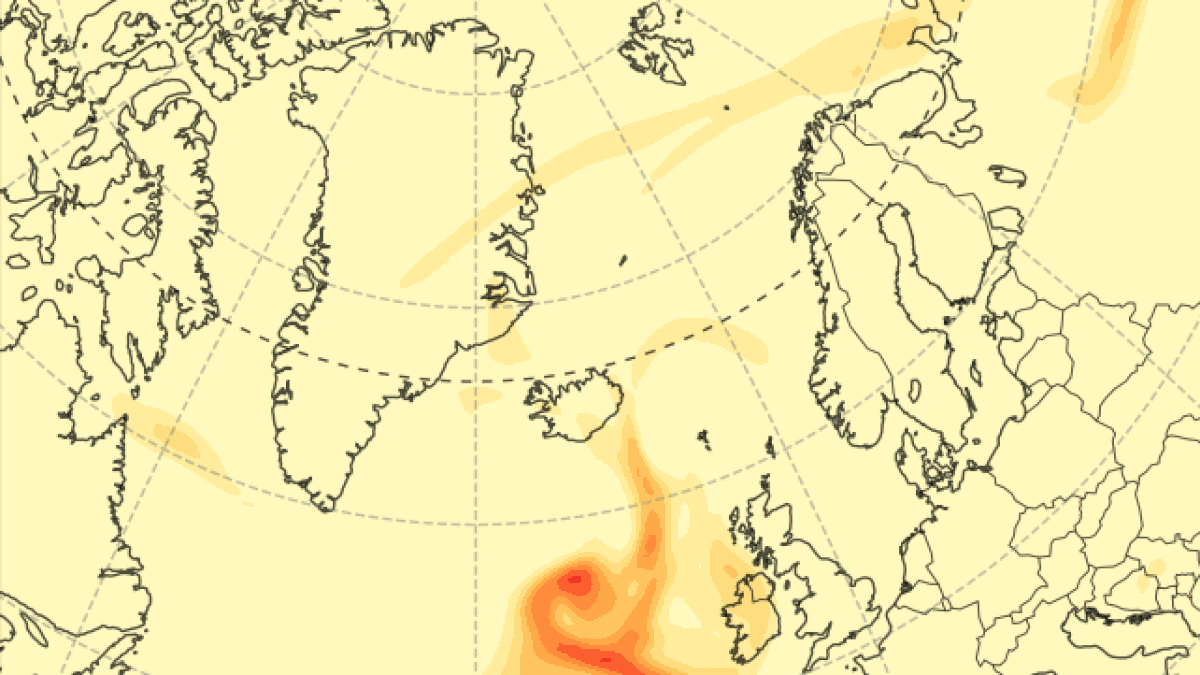Analysis of the Total Solar Eclipse on April 8, 2024
The upcoming total solar eclipse set to occur on April 8, 2024, is anticipated as a momentous event that will captivate many across the United States. However, the success of this celestial spectacle heavily relies on favorable weather conditions. The significance of clear skies during the brief window of totality cannot be overstated, as individuals invest significant time, resources, and effort for an optimal viewing experience.
Weather Forecast Importance
Preparation for this event necessitates a comprehensive understanding of weather patterns, enabling attendees to identify prime locations with higher probabilities of clear skies. Weather forecasts play a crucial role in determining potential sites for optimal viewing and offer event organizers insights to establish contingency plans in case of adverse weather conditions. Utilizing historical cloud climatology data sourced from the Geostationary Operational Environmental Satellites (GOES), enthusiasts are provided with valuable information to guide their decision-making.
As a seasoned meteorologist engaged in the complex realm of weather forecasting, meticulous analysis and utilization of numerical weather prediction models, satellite imagery, and real-time observations are imperative in forecasting accuracy. While climatological trends offer fundamental insights, meteorologists echo the sentiment that past conditions do not guarantee future outcomes. The dynamic nature of weather systems demands continuous monitoring and adaptation to evolving conditions as the eclipse approaches.
Insights from Expert Meteorologists
Experts such as Jay Anderson, a distinguished Canadian meteorologist with extensive experience in both weather forecasting and eclipse observation, shed light on the multifaceted considerations inherent in eclipse weather prognosis. Jay’s profound insights underscore the intricate interplay between climatological factors, topographic influences, and regional weather dynamics that collectively shape the viewing conditions for this celestial event.
Impact of El Niño on Eclipse Day
The prevailing El Niño conditions in 2024 introduce added complexity to weather forecasting, accentuating the significance of Pacific jet stream dynamics and their implications for cloud cover across eclipse trajectories. Jay Anderson’s analysis reveals the nuanced effects of El Niño on different regions along the eclipse path, emphasizing the need for precision and nuance in forecast interpretations amid changing climate patterns.
Strategic Viewing Recommendations
Strategically situating oneself in areas with favorable climatological profiles, such as the Mexican Plateau or certain regions in the United States and Canada, enhances the likelihood of a successful eclipse viewing experience. Combining historical trends with real-time forecasts empowers viewers to make informed decisions and adapt to evolving weather conditions leading up to the event.
Optimizing Viewing Opportunities
As the eclipse draws nearer, leveraging advanced forecast models and satellite imagery becomes imperative in fine-tuning viewing strategies and selecting optimal viewing locations. Timely utilization of weather data and expert analysis enhances the overall eclipse experience, enabling attendees to maximize their chances of witnessing this rare astronomical phenomenon amidst dynamic weather conditions.
Embracing the spirit of adventure and scientific curiosity, viewers are encouraged to embark on this celestial journey with preparedness, flexibility, and a keen eye on evolving weather patterns. While uncertainties may linger, the allure of witnessing a total solar eclipse serves as a profound reminder of the natural wonders that unfold in the cosmic tapestry of our universe.
Image/Photo credit: source url





